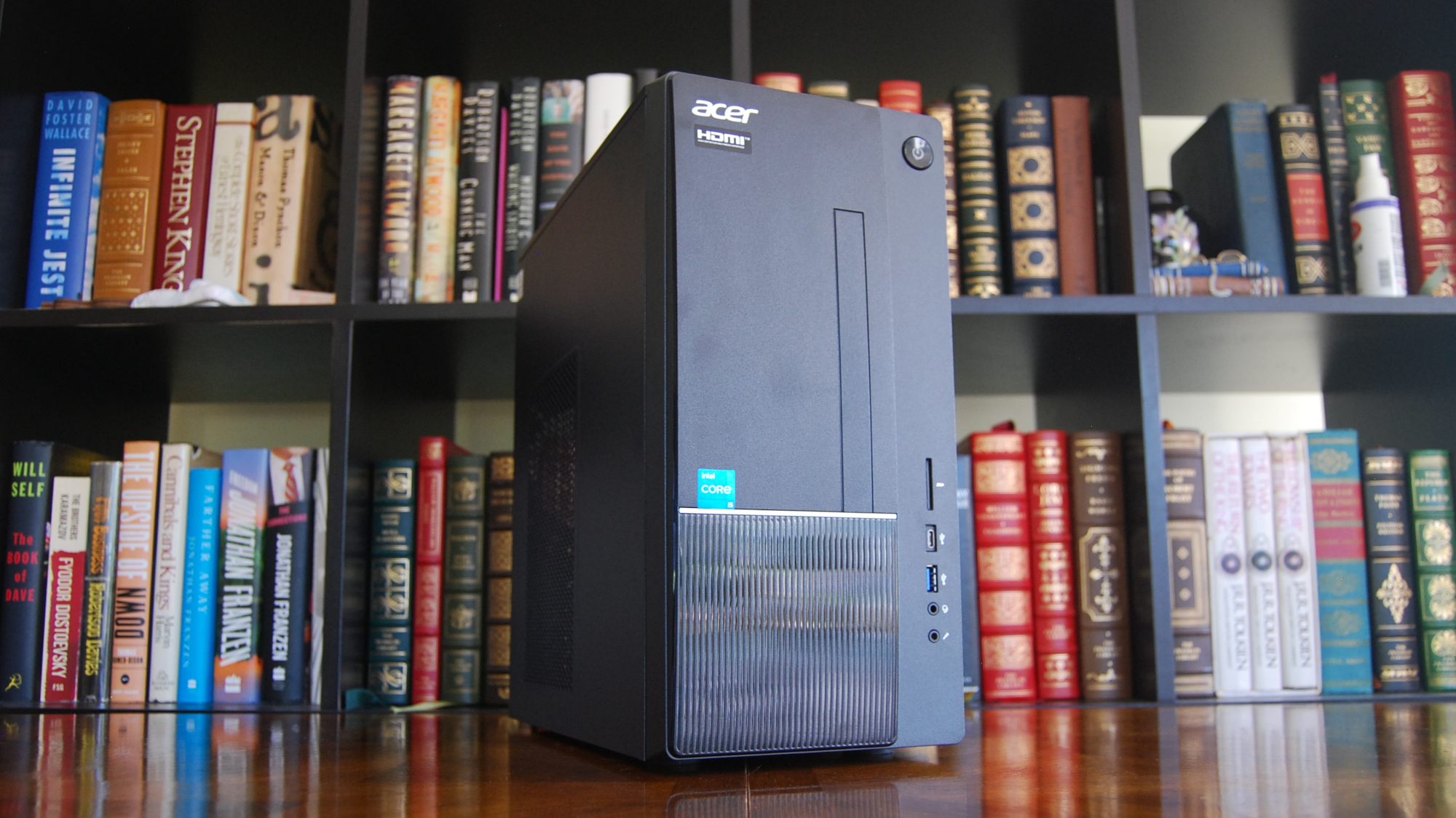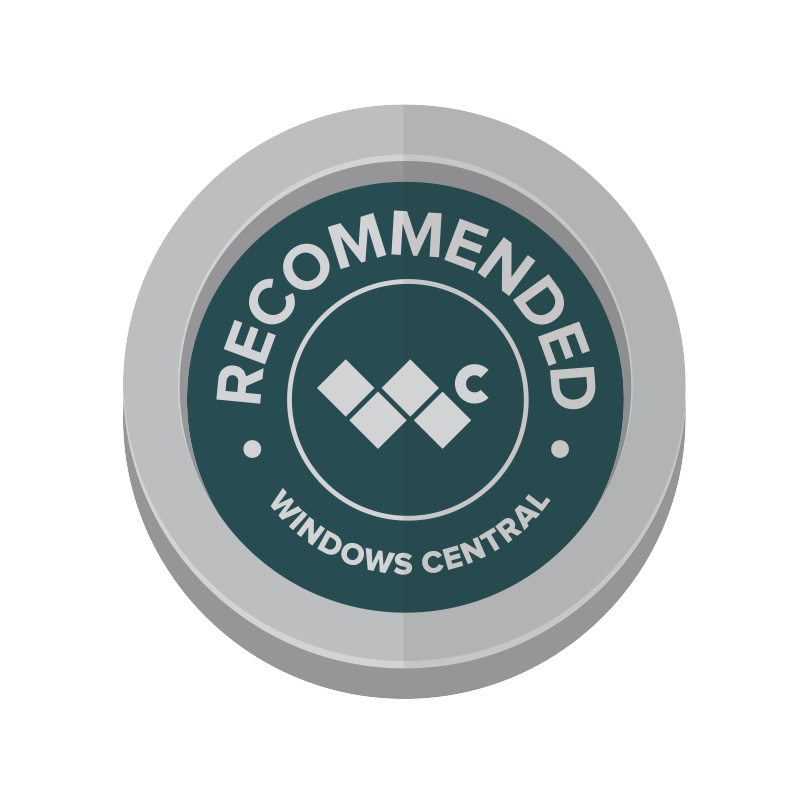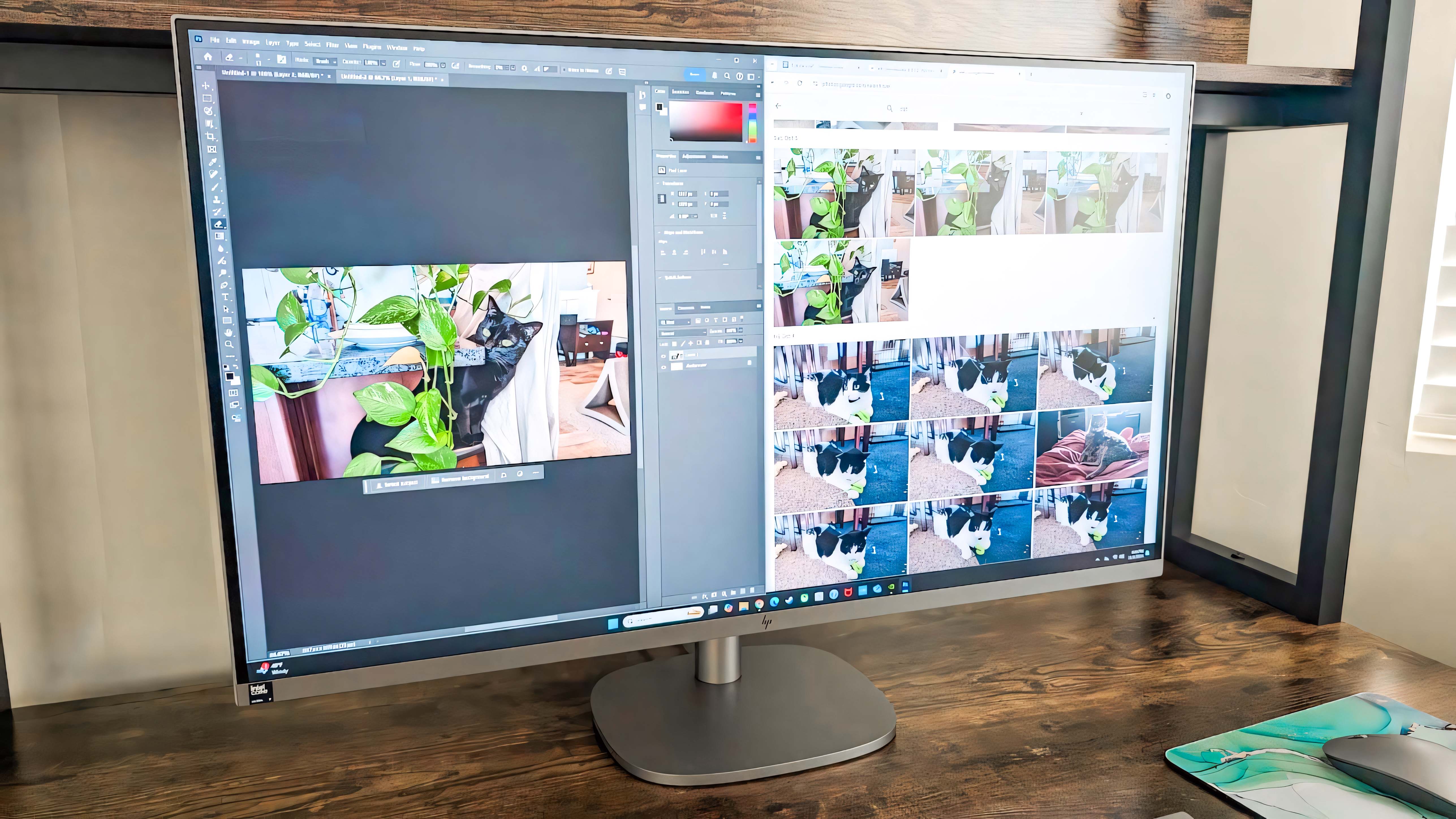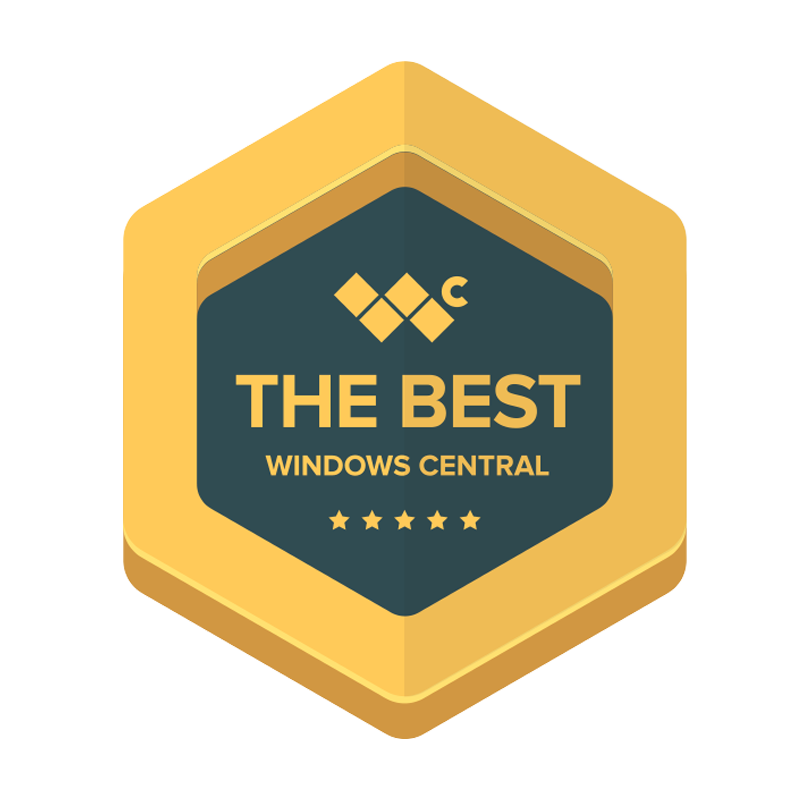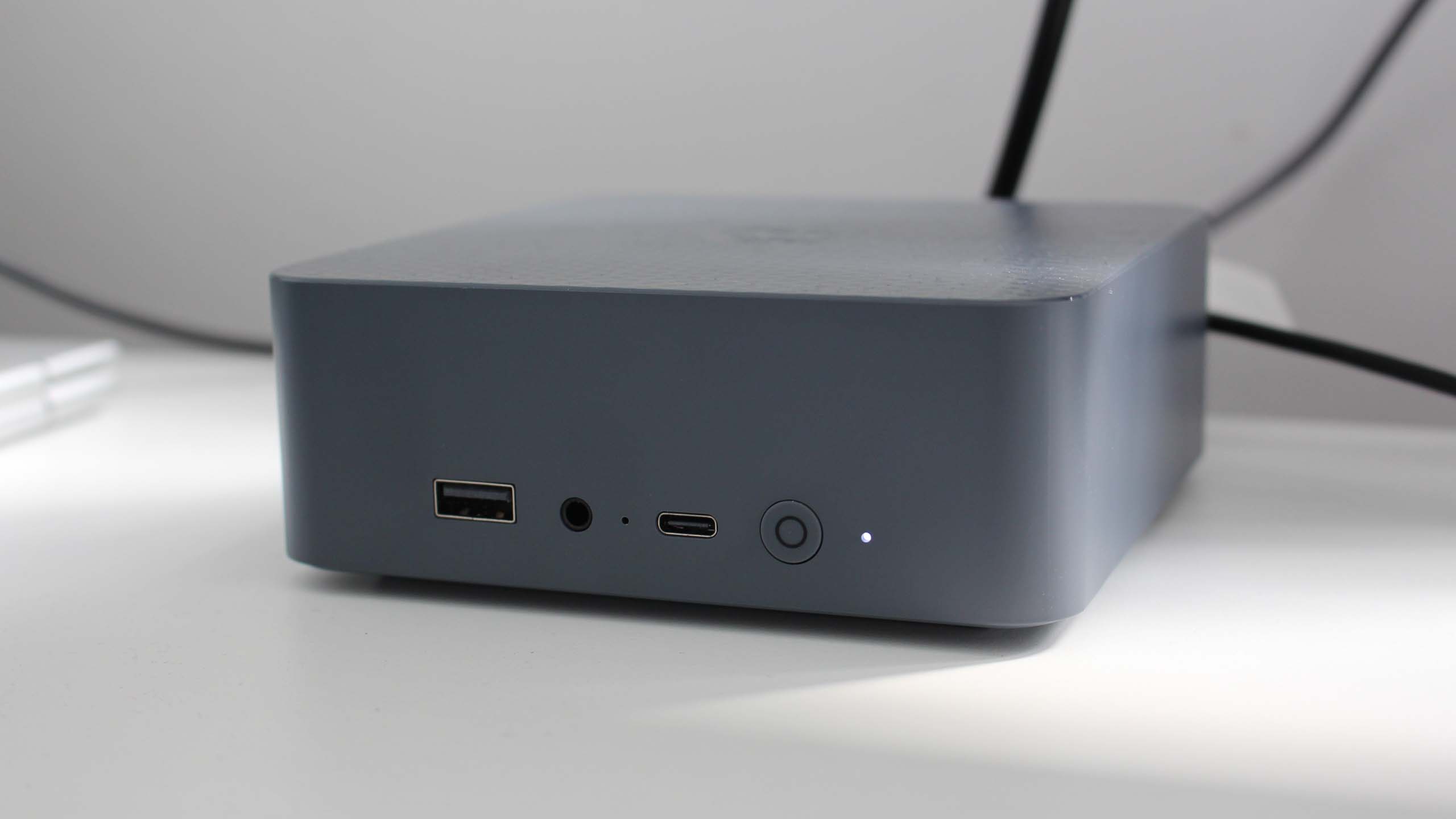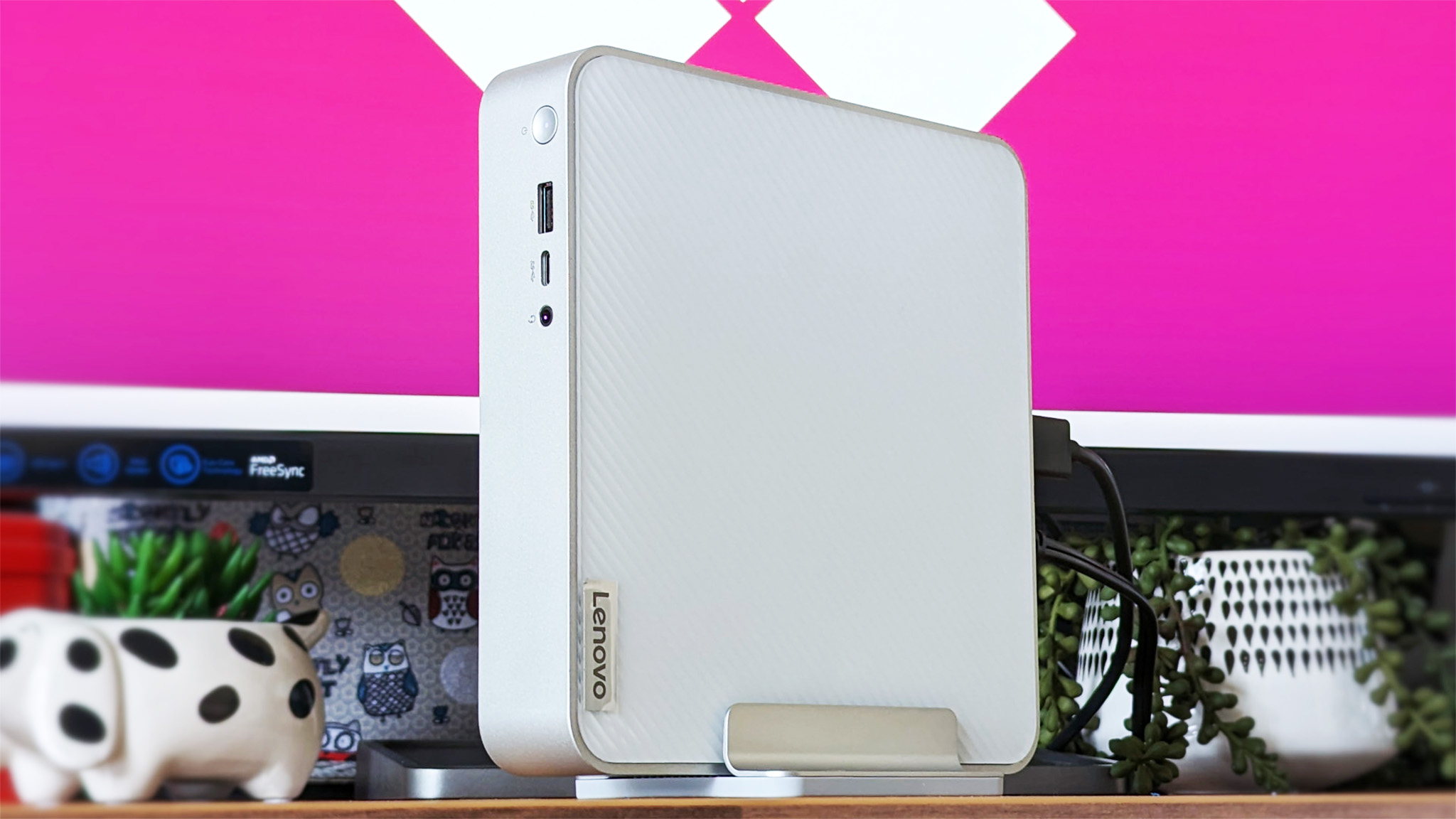How to choose the best budget desktop computer in 2025 — my top PC picks
Find the most affordable desktop computer for home office work, creative tasks, and light PC gaming.
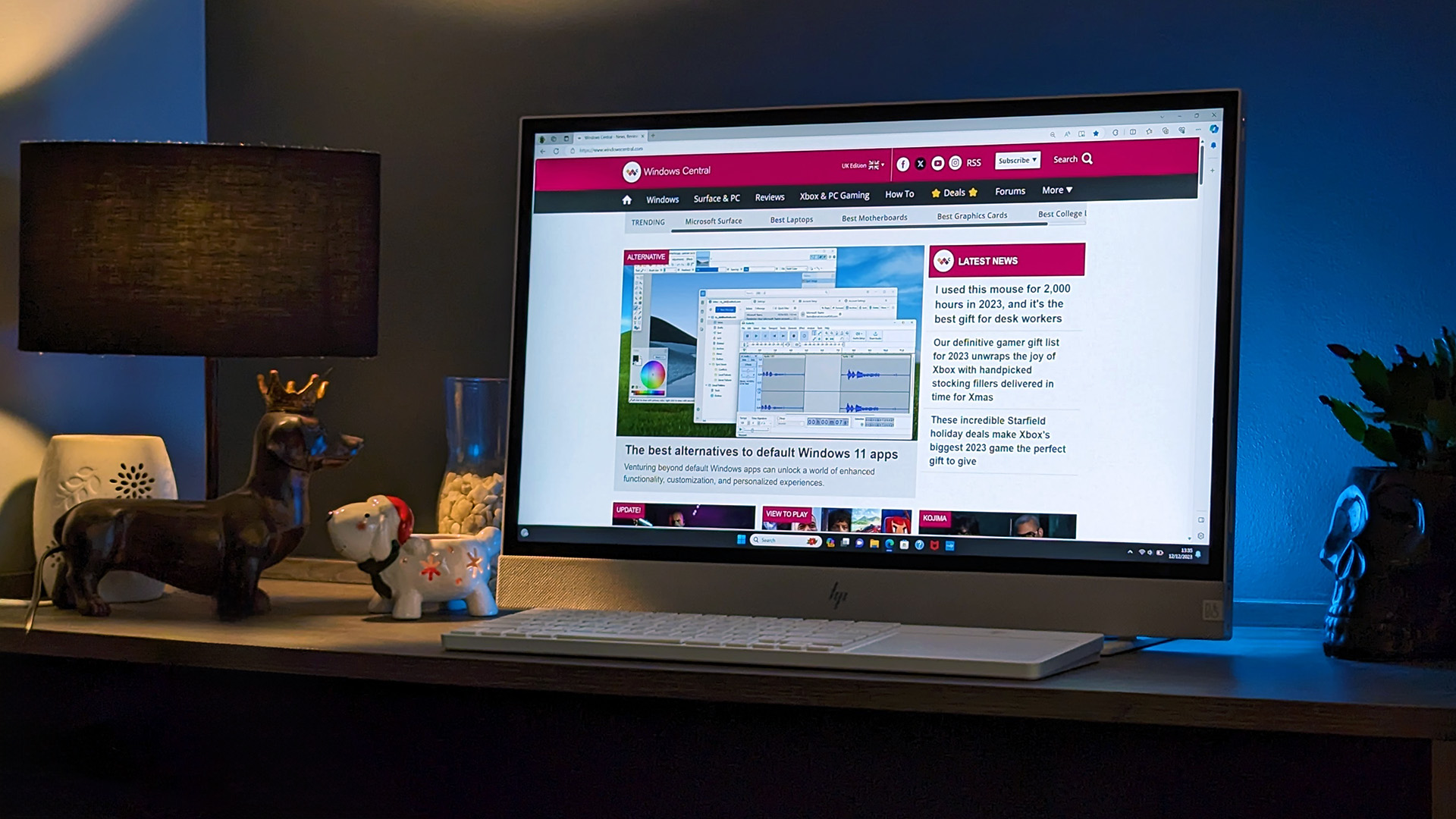
Budget desktop computers are the easiest and most affordable way to get into Windows 11. They're also some of the most plentiful, making it tough to find out exactly which models are worth your money.
While it usually stands that PCs only get worse when you look to pay as little as possible, these budget desktops I've rounded up attempt to break that trend. They're suited for home computing, office work, and even light gaming.
With more than 30 desktop computer reviews and hundreds of hours of testing to consider, the Acer Aspire TC-1775 is my top pick, with everything from overall CPU and GPU performance, RAM, storage, design, build quality, and pricing considered.
Depending on your existing knowledge, most of my options have the potential for manual upgrades if you eventually want to squeeze in some extra performance for light PC gaming. I've also included budget PCs for office use, tiny PCs to save space, and all-in-one models that don't require a separate monitor.
September 9, 2025: The awesome HP Envy Move all-in-one PC has been discontinued, but I replaced it with an HP OmniStudio X option that's often available for much less than $1,000. — Cale Hunt

I've been building PCs for 20 years, and while I still prefer to put something together myself, I recognize the perks that come with a pre-built system. I've personally tested some of the PCs in this guide, with my colleagues picking up the other reviews.
My favorite budget desktop computers in 2025
Why you can trust Windows Central
Best overall budget desktop computer
Specifications
Reasons to buy
Reasons to avoid
Acer is a brand synonymous with budget PCs, and it doesn't just make laptops. Its Aspire lineup of desktop PCs has been through many revisions over the years, with the TC-1775 featured here being one of the more recent models. I favorably reviewed the Aspire TC-895 in 2021, and I still use it connected to my living room TV today.
I've now reviewed the TC-1775, which has been completely redesigned with a modified look. It might only have one USB-C port, but it otherwise has a good selection with six USB-A, dual HDMI, Ethernet, SD card reader, and more. In my review, I stated:
"The Aspire TC-1775 isn't the PC to buy if you're an enthusiast or if you're interested in upgrading it yourself in the future. I view it as the desktop equivalent of a cheap laptop; it's a PC that you set up once and let run until it dies."
The model I recommend for most users currently costs about $680, though it's often on sale at Amazon. It has a Core i5-14400 CPU, 16GB DDR5 RAM, and 512GB M.2 PCIe 4.0 NVMe SSD. At the time of my most recent update, it's down to $599.
This combination will easily handle productivity tasks like homework, email, streaming, and web browsing. It even has Wi-Fi 6E for fast and reliable wireless internet.
Acer throws in a mouse and keyboard with the package, but you might want to check out some of our favorite desktop PC accessories for some higher-quality peripherals. Unless you're really looking to save space or focus on gaming, the Acer Aspire TC-1775 should be a great budget PC for a lot of users.
👀 Read our full Acer Aspire TC-1775 review
Best budget All-in-One
2. HP OmniStudio X 27"
Specifications
Reasons to buy
Reasons to avoid
Part of HP's massive 2024 PC rebrand was the retirement of its Envy lineup. One casualty was the HP Envy Move, a portable all-in-one PC that we absolutely loved. While it's now discontinued and impossible to find, HP's OmniStudio X is a solid alternative.
The 27-inch OmniStudio X is, unfortunately, not portable in the same way as the Envy Move, but it will do a great job on your desktop.
All of its performance hardware, including Intel Core Ultra 5 125H CPU, 16GB of DDR5 RAM, 512GB SSD, and Intel Arc graphics, is contained within the screen casing to save space. That's enough power to run just about anything shy of specialized software or demanding games.
The 27-inch IPS screen has a 1920x1080 resolution, it hits up to 300 nits brightness, and it manages 99% sRGB color reproduction for a vivid appearance. On board is Wi-Fi 7 for the most modern wireless networking possible.
The sleek PC has a pop-up 5MP webcam on the top. It includes an IR sensor for Windows Hello, adding some convenient security. It also features dual 5W speakers with Poly Studio tuning.
My colleague Rebecca Spear reviewed the 31.5-inch OmniStudio X, handing it a 4.5-star rating and a Windows Central Editor's Choice award. The larger model has a couple of upgraded features, but overall, you should expect the same excellence from the smaller model.
At the time of my most recent update, the OmniStudio X 27 is down to $799.99 at HP. Discounts like this are fairly common, and I recommend waiting for a price drop before buying.
👀 Read our full HP OmniStudio X 27" AiO review
Best budget mini PC
Specifications
Reasons to buy
Reasons to avoid
Beelink's EQR6 is perfect for anyone who wants strong desktop performance in a case that can easily go unnoticed on your desk. It's currently one of our favorite mini PCs, especially for those who want to spend less money.
Windows Central Senior Editor Zac Bowden reviewed the Beelink EQR6, stating:
"Overall, the Beelink EQR6 is an excellent all-rounder mini PC that's very capable when it comes to productivity workflows and light video and photo editing. It features a clean design and is small and quiet enough to fit on pretty much any desk in any environment and not be an ear or eyesore."
It might only have one USB-C port, but it otherwise has dual LAN, dual HDMI (with support for multiple external monitors), four USB-A, and a 3.5mm audio jack. It has a built-in PSU to keep the back of your desk from getting crowded, and it keeps its cool thanks to a beefy cooling unit.
A model with an AMD Ryzen 7 6800U CPU, 32GB of LPDDR5 RAM, 1TB M.2 PCIe 4.0 NVMe SSD, and integrated Radeon 680M graphics usually costs about $449. At the time of my latest update, it's down to $359. That's a lot of PC for the asking price.
👀 Read our full Beelink EQR6 review
Best office mini PC
Specifications
Reasons to buy
Reasons to avoid
Lenovo's IdeaCentre Mini (Gen 8) is a sleek little mini PC with a steel frame and plastic top. Lenovo throws in a stand to prop the PC up vertically, further reducing the space it takes up on your desk.
Ports are rather plentiful with Thunderbolt 4, USB-C 3.2 (Gen 2), four USB-A, HDMI 2.1, 2.5GbE LAN, DisplayPort 1.4b, and a 3.5mm audio jack, allowing you to achieve a multi-monitor setup without additional hubs or dongles.
The most affordable configuration is usually available for about $659; it has a 13th Gen Intel Core i5-13420H CPU, 8GB of DDR4 RAM, and a 512GB M.2 PCIe 4.0 NVMe SSD.
As Senior Editor Ben Wilson mentions in his IdeaCentre Mini (Gen 8) review:
"The power supply and air cooler are connected via small cables, but if you remove both, you can access the SODIMM memory modules and M.2 2280 solid-state drive hidden underneath."
Lenovo offers up to a Core i7-13700H CPU, but I recommend sticking with the Core i5 to reduce the chances of thermal throttling. It's still going to tackle productivity work and streaming with ease. If you're worried about memory, the jump to 16GB only adds about $30 to the cost from the factory.
👀 Read our full Lenovo IdeaCentre Mini (Gen 8) review
How we test budget desktop computers
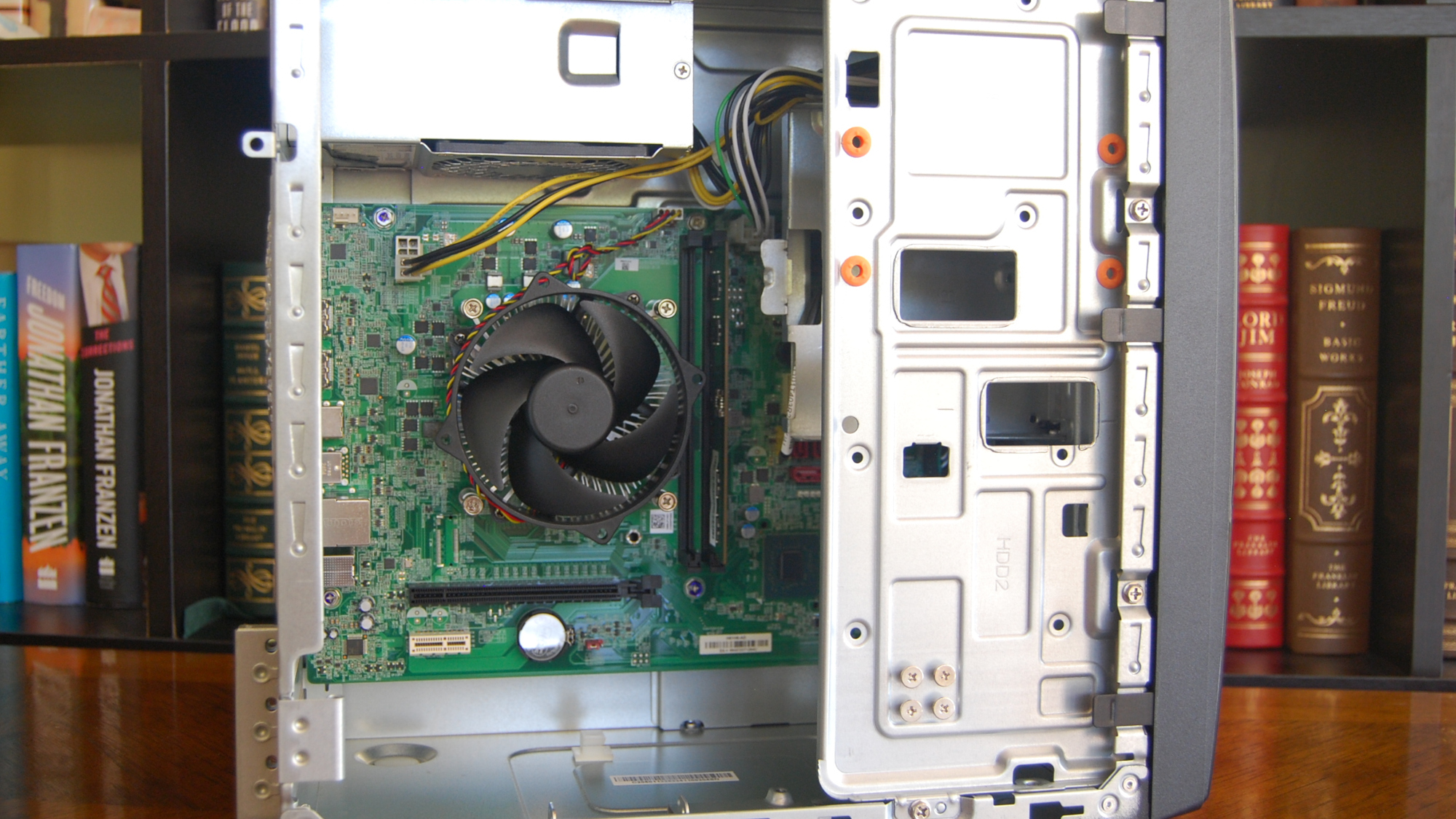
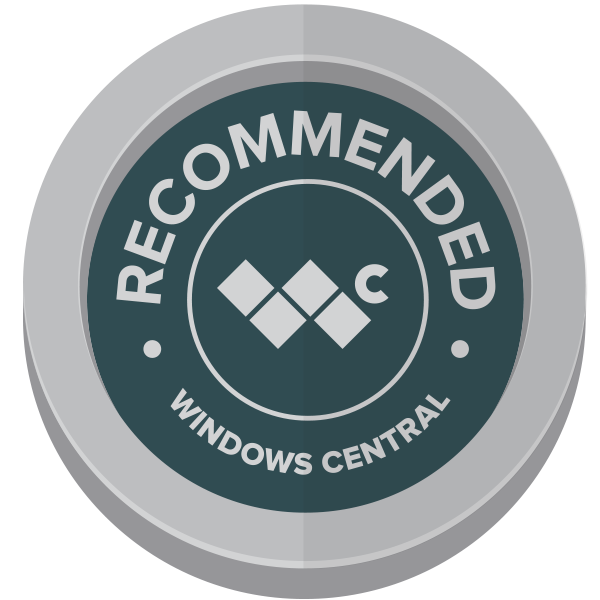
Every PC that the Windows Central team receives to test and review goes through a similar process. Because we "adopt" each system to use as a standard PC, we can get a good idea right away of what works well and what doesn't.
In the case of desktop computers, it's also a matter of getting inside to see the internal layout (important for future DIY upgrades) and cable management, testing heat management with a FLIR camera, and measuring noise with a decibel meter. Port selection, size, and build quality are all taken into account.
👉 Related: How we test and review PCs at Windows Central
In the case of all-in-one PCs, the display is tested for brightness and color accuracy using a colorimeter.
On to performance, a full range of synthetic benchmarking performance is employed. PCMark, 3DMark, Geekbench, Cinebench, CrystalDiskMark, CrossMark, and more are used to measure CPU, GPU, SSD, and overall system performance.
How to choose the best budget desktop computer for you
A tight budget can make finding a desktop computer that isn't a potential dud particularly difficult, especially if you don't know where to look for the best options.
Pre-built desktop PCs generally contain standard parts, all of which appear in various computers we test individually. If you're confident in upgrading parts manually, most towers can have their components swapped out for more storage, memory, and more.
The only downside to the top picks is the lack of a monitor, something the HP OmniStudio X all-in-one PC solves by keeping everything built into its screen.
Acer's Aspire TC-1775 won't blow you away with its build quality, but it's perfectly capable of handling home and office work as long as you aren't getting into any specialized areas. I've been using a predecessor for years to great effect, and it's yet to let me down despite the budget pricing.
If you're interested in maximizing performance, something like Beelink's EQR6 offers some impressive hardware for the asking price. It's a truly compact PC with a ton of ports, and it's easy to recommend to anyone who isn't looking for a full-size tower.
What about budget desktop gaming computers?
The best pre-built desktop gaming PCs don't come cheap, at least not the ones we're comfortable recommending. You can easily spend more than $1,000 even on an entry-level gaming PC, which is a lot more than most people want to drop.
If you're interested in gaming on the cheap, we recommend a great gaming handheld. While handhelds are not PCs in the traditional sense, they do have all the right components and can even run Windows 11.
The ASUS ROG Ally we reviewed is our current favorite handheld thanks to its strong gaming performance, killer display, and Windows 11 OS, and it starts at about $650. The ROG Ally X successor is also on the way with some notable improvements, though it costs more.
Budget desktop computer FAQ
Not sure if a budget desktop computer is right for you? Answers to these frequently asked questions might have the key to getting the right PC.
How much should I budget for a "good" PC?
Budget desktop computers have risen in price a bit in 2025 due to global market tensions, and it's now harder to find anything worth your money that's under $500.
If you do want to shop under $500, a great mini PC is probably your best bet. It has everything that a regular desktop PC has, but it takes up far less space and can still be upgraded down the line.
For full-size budget desktop computers, Acer's Aspire TC-1775 with a Core i5 CPU, 16GB of RAM, and a 512GB SSD comes in at about $600. That's a decent baseline, as it has plenty of memory and a capable chip for productivity, streaming, homework, office work, etc.
Is it still worth buying a desktop computer?
Absolutely — desktop computers are still plenty popular.
Laptops with similar performance hardware inside generally cost more due to the battery, screen, keyboard, and everything else you need to compute on the move.
Full-size desktop PCs take up more space, but they're the right choice for those who don't foresee taking their computer with them.
The rise in popularity of mini PCs presents a new solution. You can get a capable desktop computer that's hardly larger than a bagel, perfect for those with offices that are already cramped.
How much RAM and storage should my PC have?
Although Windows 11 only officially requires 4GB of RAM, I recommend buying a budget desktop computer with at least 8GB of memory.
For better future-proofing or multitasking capabilities, 16GB will serve you better.
Most desktop PCs — all-in-one models like the HP OmniStudio X excluded — allow for relatively easy hardware upgrades. In the case of the Acer Aspire, you might be able to find an 8GB model and add RAM later on the cheap.
The same goes for storage. Unless you're completely reliant on cloud storage, I recommend at least 512GB of hard drive space to get you started.
All the latest news, reviews, and guides for Windows and Xbox diehards.

Cale Hunt brings to Windows Central more than nine years of experience writing about laptops, PCs, accessories, games, and beyond. If it runs Windows or in some way complements the hardware, there’s a good chance he knows about it, has written about it, or is already busy testing it.
- Ben WilsonSenior Editor
